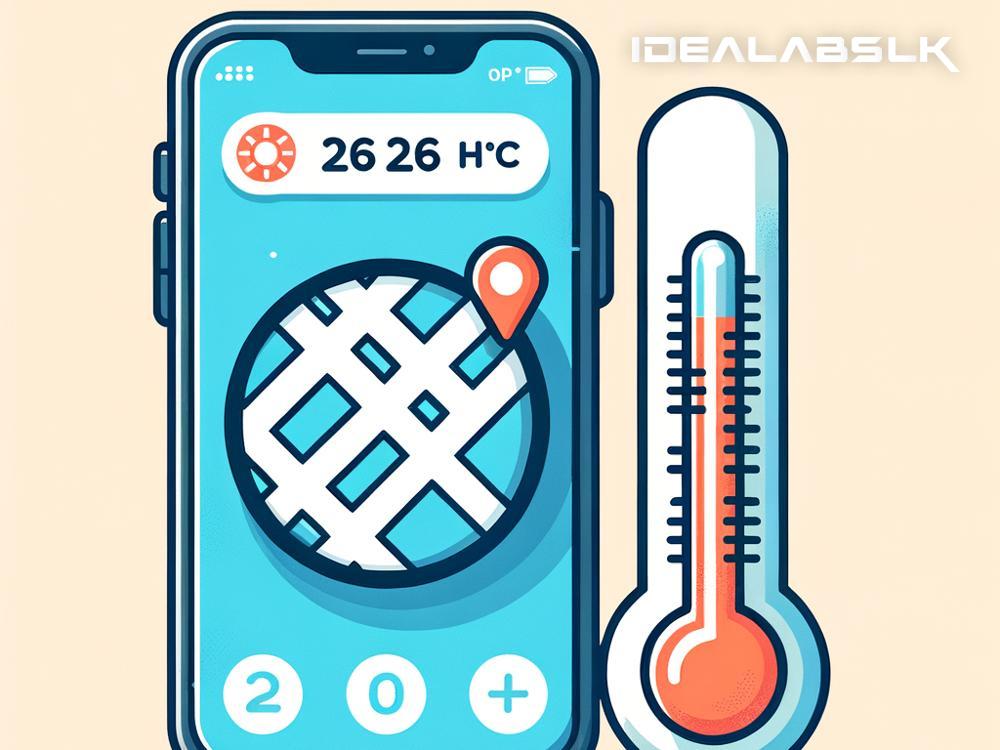Why Your Smartphone Heats Up While Using Navigation Apps
Ever found yourself on a long car journey, relying on your smartphone's navigation to guide you, and suddenly felt it turning uncomfortably hot? This is not an uncommon scenario, and you’re not alone in this experience. But ever wondered why exactly your smartphone heats up specifically while using navigation apps like Google Maps or Waze? Let’s break down the science in simple terms and understand what’s happening behind the scenes.
The Hardworking Processor
Inside your smartphone, there’s a little powerhouse called the processor (or CPU). Think of it as the brain of your phone, making all the decisions and performing calculations to keep everything running smoothly. When you use navigation apps, your phone’s processor works extra hard. It’s not just showing you the map; it’s constantly receiving data about your location, calculating routes, rerouting if necessary, and updating traffic information in real-time. This intense workout generates heat, much like how a light bulb gets hot when it’s on.
GPS – The Energy Hog
Your phone's GPS (Global Positioning System) plays a huge role in heating it up. To provide you with accurate navigation, the GPS needs to maintain a continuous communication line with satellites orbiting the Earth. This process requires a substantial amount of energy, and in turn, produces a lot of heat. The more precise your navigation needs to be (think of densely populated, urban areas with lots of turns and lane guidance), the harder your phone’s GPS has to work, and the hotter your phone gets.
Brightness and Connectivity
During navigation, your phone’s screen likely stays on the entire time to display the map. This is another significant factor contributing to heat. Displays consume a lot of power, especially if you’ve cranked up the brightness so you can see the screen clearly on a sunny day.
On top of this, your smartphone is constantly searching for and connecting to different networks (such as mobile data and Wi-Fi) to send and receive the latest traffic data, searching for faster routes, and more. These connections, especially LTE or 5G, can make your phone work harder and, consequently, increase its temperature.
Environmental Factors
The environment inside your car can exacerbate the situation. Many people mount their smartphones on the dashboard for easy navigation visibility, but this can subject the phone to direct sunlight, further increasing its temperature. Also, if your car’s interior gets particularly hot, this doesn’t help either, as your phone doesn’t have the luxury of sweating to cool down like we do!
Battery Strain
Another piece of the overheating puzzle is the battery. Navigation apps are notorious battery drainers. They not only require a lot of power to run but also often lead users to have their phone charging while navigating to avoid ending up with a dead phone upon arrival. Charging your phone increases its temperature, and doing so while simultaneously running a power-intensive app like a navigation system means you’re practically inviting the device to heat up.
What Can You Do About It?
While it’s normal for smartphones to get warm, excessive heat can be damaging in the long run. Here are a few tips to prevent overheating:
- Avoid Direct Sunlight: Try to mount your phone in a spot where it isn’t directly hit by the sun.
- Lower Screen Brightness: If safety allows, consider lowering your screen brightness.
- Close Unnecessary Apps: Other apps running in the background can also contribute to processor workload. Make sure to close apps that you don't need.
- Use Air Conditioning: If it’s a hot day, using your car’s air conditioning can help keep not only you but also your smartphone cooler.
- Opt for a Car Charger: Invest in a good quality car charger that doesn’t overheat your phone while charging.
Wrapping Up
So, there you have it - a straightforward explanation of why your smartphone heats up while using navigation apps. It’s a combination of your phone’s processor working overtime, the demands of the GPS, screen brightness, constant connectivity, environmental factors, and battery usage. By understanding these factors and taking simple steps to mitigate them, you can help keep your phone cool and functioning effectively, ensuring a smoother and safer journey to your destination.

